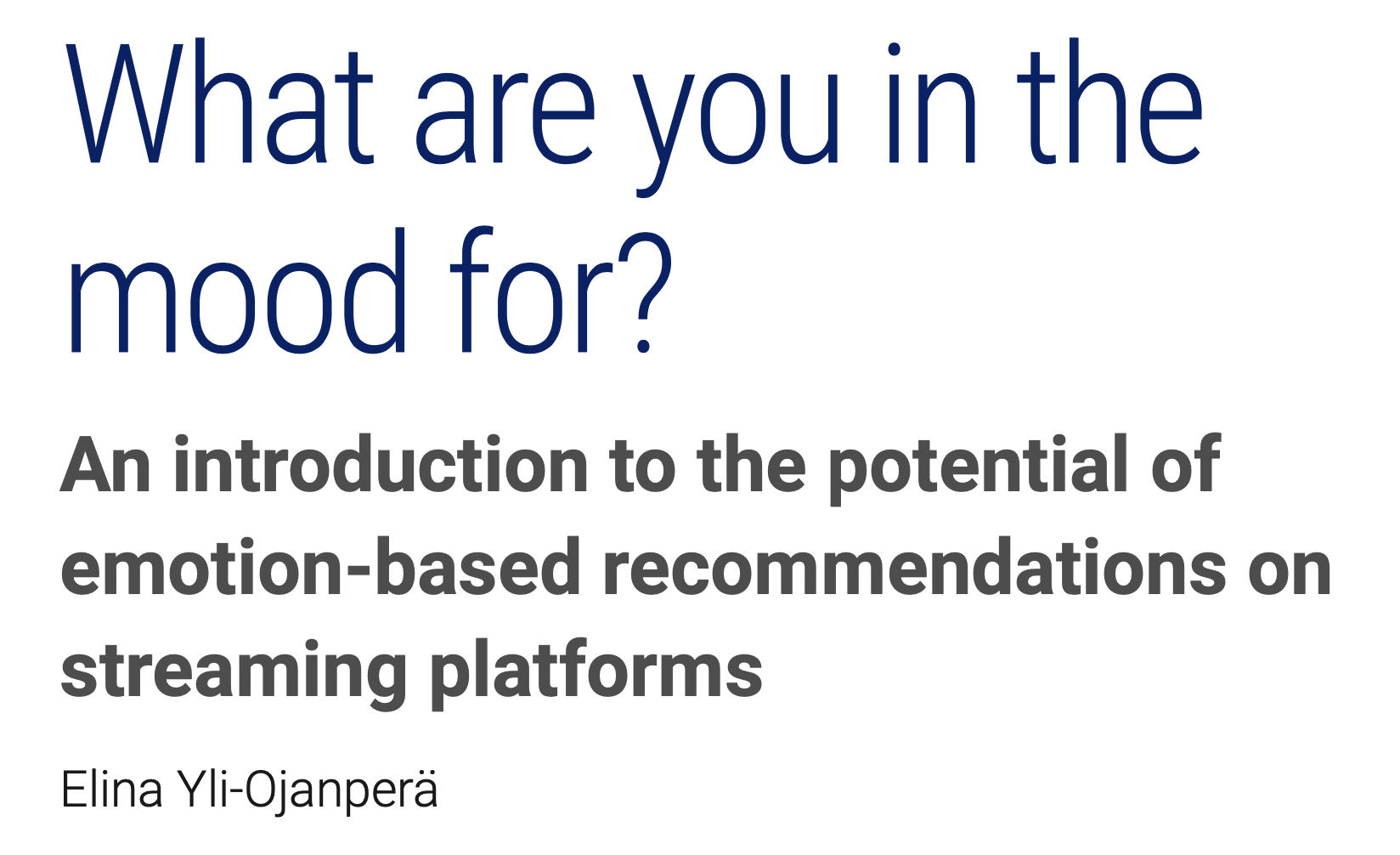Recent governments and feminists have agreed on one thing. It is empowering for women and good for the economy if mothers go to work. Yet at the same time, middle class mothers who stay at home are often portrayed by mainstream news media in a positive light. Are those women really ‘choosing’ to stay at home? Is the media helping to create an ‘anti-feminist’ myth around them? A new research project at LSE and Kings College is investigating this complicated issue and here is a taste of their initial results described by Dr Shani Orgad from the LSE’s Department of Media and Communications.
Tube stations in London in the last few weeks were plastered with an ad for the legal advice firm Slater & Gordon. The ad depicts three characters representing the firm’s prospective clients: a young, presumably business school graduate who is entering the job market ‘negotiating his new contract’, a middle-age man who is ‘being pushed out’ (possibly by the young promising man to his left), and a woman in her late 30s, perhaps early 40s, who is ‘thinking of resigning’. The woman looks assertive and powerful. Unlike her middle-age male counterpart, she makes a choice: to leave the workplace.
The media – including newspapers, advertising, magazines and broadcast – consistently depict women’s decisions to leave paid employment as a personal, usually empowering choice, with little mention of barriers, constraints or regrets. In 2003, Lisa Belkin published a cover story in the New York Times Magazine that created quite a stir about the ‘Opt-Out Revolution’: women choosing careers over motherhood. Ten years later, the New York Magazine made a similar point in an article about the The Retro Wife. Underlying this ‘choice’ made by some career women like the woman in the ad is the assumption that they quit their careers to care for their families.
What do the British media tell us about women who leave paid employment? Considering the impetus to get people into the labour force post-recession, and the surge in attention to ‘women of steel’ who are ‘leaning in’ and have successful careers, we were surprised to find an increased focus on women who left work to become mothers. Examining newspaper coverage from 2008 to 2013 -recession and post-recession period – we found a sharp rise in the coverage of ‘stay-at-home’ mothers.

The rise in coverage of ‘stay-at-home’ mothers
The rise was mainly associated with discussion in the press of the Coalition government’s austerity-related measures, policies and cuts, many of which had direct and strong consequences for families, and women in particular. We therefore expected that the coverage would focus on how stay-at-home mothers were affected by the government’s policies, often because they have been made redundant. However, we found that surprisingly only 18% of the entire coverage framed stay-at-home mothers as conditioned, constrained or affected by recession (e.g. job loss) or some other barriers or lack of options. Rather, the majority of the articles depicted women as individuals choosing to become ‘stay-at-home mums’. Many of the stories took the form of a ‘morality tale’, a blessing in disguise in which the women have come to embrace – and even celebrate – their enforced new identity as stay-at-home mothers.
How ‘stay-at-home’ mothers are framed in the press
Hand in hand with the significantly larger framing of stay-at-home motherhood as a choice, we also found an overall positive depiction and endorsement of stay-at-home mothers. This seems contradictory to the common wisdom that the media largely support and perpetuate neoliberalism, and would thus champion women entering and staying in, not those leaving, the labour market. It is the career woman who ‘strides forward, briefcase in one hand, smiling child in the other’, as sociologist Arlie Hochschild wrote, who is usually being celebrated.
However, our study reveals that the majority of the coverage commended and appraised stay-at-home mothers. This included government’s endorsements and appraisal of stay-at-home mothers, such as Nick Clegg’s commendation of stay-at-home motherhood as a ‘noble’ and ‘admirable’ choice and Vince Cable’s endorsement of stay-at-home mothers. When mothers who are not in paid employment were criticised or derided, they were predominantly working-class mothers. Overall, there were far fewer articles about working class women than middle or upper-middle class mothers. But the articles that did talk about working class stay-at-home mothers were predominantly negative and critical.
Surprisingly and somewhat counter-intuitively, therefore, stay-at-home mothers were overall depicted as making a personal choice which is positively valued and endorsed, by the media and government. However, this ‘choice’ is valued, recognized and endorsed only so long as the mothers are middle-class and not dependent on benefits.
There is much to be valued and endorsed about stay at home mothers, and more research is needed to inform us about these women. But to depict them so overwhelmingly as ‘freely choosing’ to give up their jobs or careers and stay outside the workforce, especially in times of recession and post-recession, distorts a much more complicated reality and covers persistent and worsening inequalities. This coverage also forces distinctions and dispenses between middle-class mothers, whom it depicts overall positively, and working-class mothers not in the workforce whom it describes as ‘pramfaces’ and ‘benefit scroungers’ who are a ‘drain’ on the state, the economy and society. This kind of coverage ultimately antagonizes and separates mothers and women, rather than discussing mothers’ and families’ common conditions, experiences and demands as a collective.
The study, which is based on content analysis of newspaper coverage 2008-2013 was conducted by Dr Shani Orgad, LSE, and Sara De Benedictis, Kings College.
You can contact us about this project with your views or opinion at polis@lse.ac.uk or leave a comment below.






